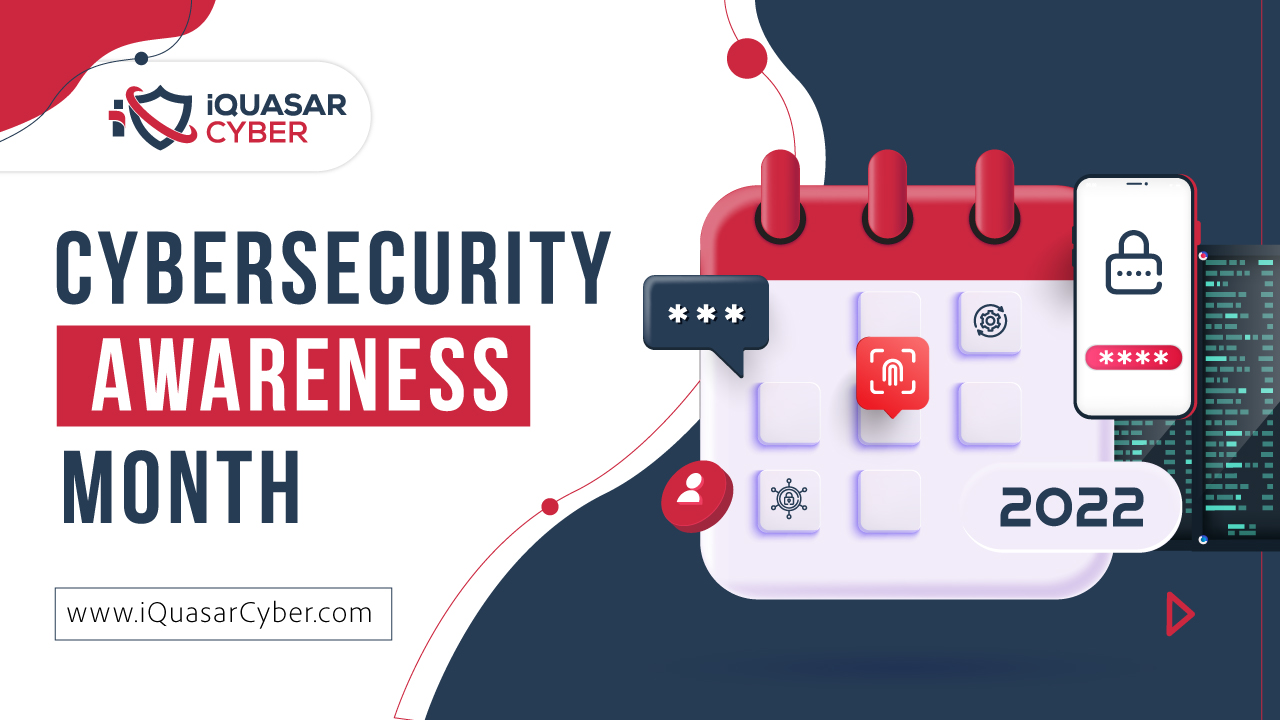
October has been recognized as Cyber Security Awareness Month (CSAM) since 2003. This was made possible through a collaboration between the U.S. Department of Homeland Security and the National Cyber Security Alliance. This public-private collaboration helps create awareness about digital and cyber security and encourages people to protect their personal data from cyber crime. The month is dedicated to developing resources and communications for organizations to use when discussing online safety with their teams and customers.
Cybersecurity Awareness Month Theme – “See Yourself in Cyber”
This year’s campaign theme, “See Yourself in Cyber,” demonstrates that, while cybersecurity may appear to be a complicated subject, it is ultimately all about people. This October will have a major focus on the “people” part of cybersecurity. The public and private sectors will work together to create awareness regarding the importance of cybersecurity and equip the American people with the resources needed to be safer and more secure online.
Four things that you can do to be safer online:
Creating, storing, and remembering passwords online can be tedious for all of us, but the fact is that passwords are the first line of defense against cyber attacks and data breaches. It would be best if you always create a password using the three fundamental guidelines, viz., Long, Unique, and Complex.
Multi-Factor Authentication (MFA) is an authentication method that requires the user to provide two or more verification factors to gain access to a resource, such as an application, an online account, or a VPN. MFA is essential to an effective identity and access management (IAM) policy. MFA requires one or more additional verification factors, rather than just a username and password, which reduces the likelihood of a successful cyber attack.
Enabling MFA for an account or device will make your login process more secure. You will be prompted to enter your username and password. If these are correct, you will be asked to provide additional proof of your identity. You might be able to configure your smartphone to use a facial scan or a fingerprint as verification, for example. Other online accounts may send a one-time use code to your phone number or email address that you must enter within a specific time frame. Some accounts will require you to approve access using a separate authenticator app, such as Authy or Google Authenticator.
Keeping your software and apps up to date is one of the simplest ways to keep your data secure. Continually update your software as and when updates become available without any delay. These updates address general software issues and provide new security patches in areas where cyber criminals may gain access. While downloading any software update, get it from the company that created the software. Never use hacked, pirated, or unlicensed software, as they frequently contain malware and can create more issues.
Cyber criminals enjoy phishing, but you don’t have to fall prey. Phishing occurs when cybercriminals use forged emails, social media posts, or direct messages to entice you to click on a malicious link or download a malicious attachment. If you click on a phishing link or file, you may give cybercriminals access to your personal information. A phishing scheme can also infect your device with malware. However, it is easy to identify a scam email with the proper knowledge. The signs can be subtle, but once you recognize a phishing email, you can avoid falling prey to it. Take a few seconds before clicking any links or downloading attachments, and ensure that the email looks legit.
Below are some of the things that you can look for to spot a phishing email:
Knowing the dangers you face and protecting yourself from them with the right information and resources are the cornerstones of digital security. iQuasar Cyber Inc. offers the knowledge and experience to assist you in protecting your business from cyber threats. We have carried out various compliance checks and advised our clients on minimizing cybersecurity threats. Let’s discuss your cyber hygiene